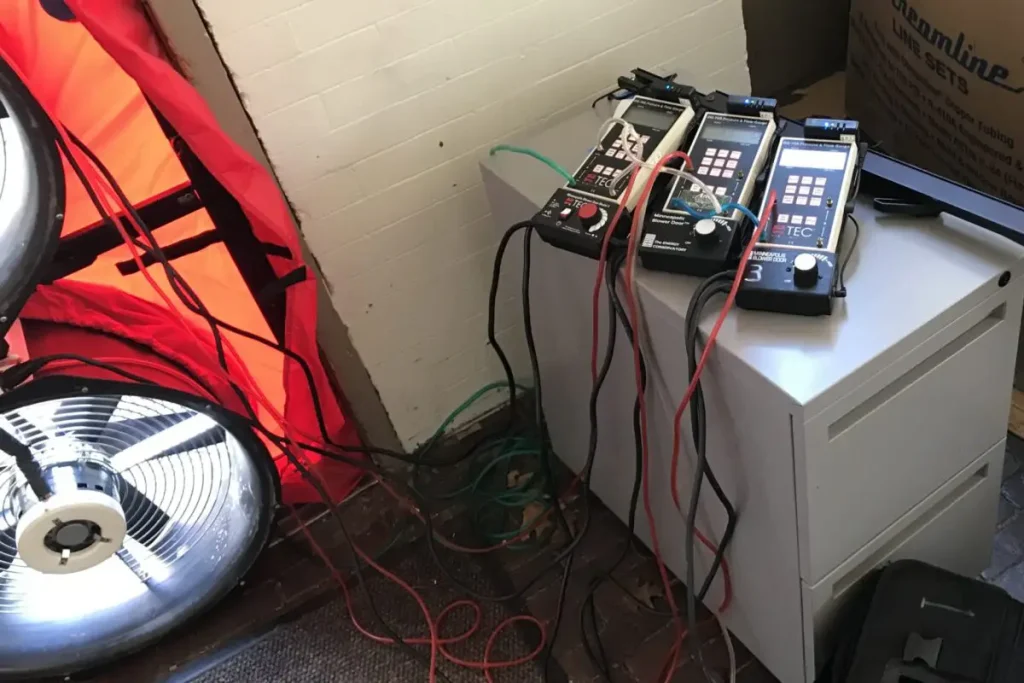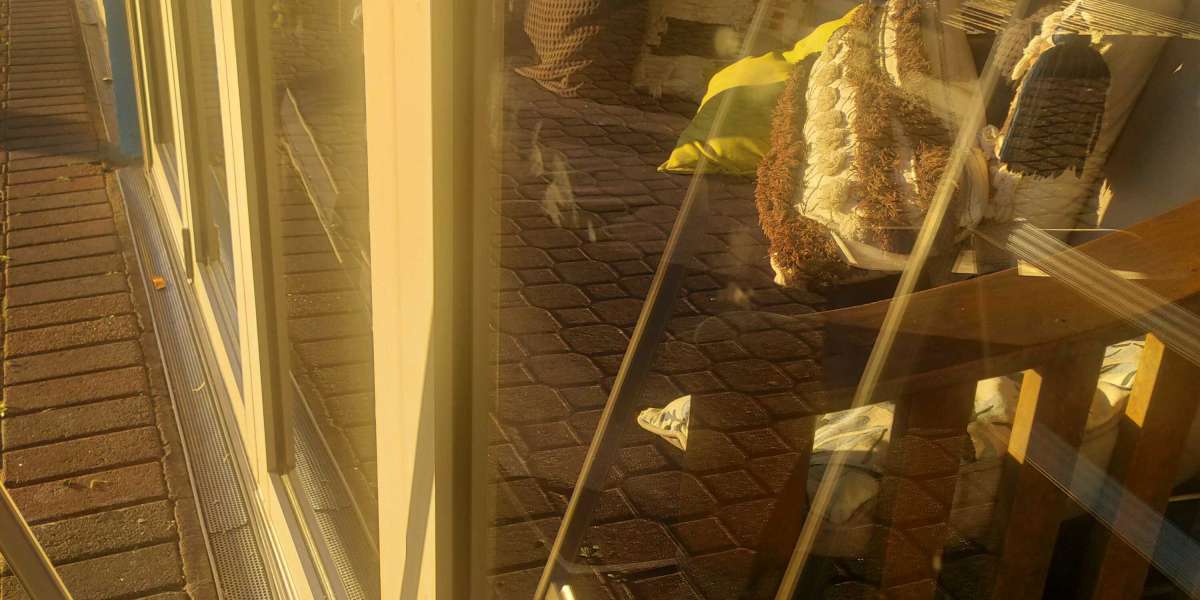While often overshadowed by flashy innovations, the integrity of a building's envelope stands as the bedrock of energy efficiency and occupant comfort. Enter air leakage testing, an indispensable process that unveils the hidden leaks compromising a building's performance.
Demystifying Air Leakage Testing
At its core, air leakage testing employs sophisticated tools like blower doors to pressurize or depressurize a building while measuring airflow. This meticulous process quantifies the rate of air infiltration or exfiltration, shedding light on the efficiency of a building's envelope. Through metrics like air changes per hour (ACH) or cubic feet per minute (CFM), stakeholders gain insights crucial to optimizing energy usage and indoor air quality.
A Beacon of Energy Efficiency
The significance of air leakage testing in bolstering energy efficiency cannot be overstated. By sealing off unintended gaps and cracks, buildings can minimize the loss of conditioned air, thereby reducing reliance on heating and cooling systems. The result? Lower energy consumption, diminished carbon footprints, and substantial cost savings—a testament to the transformative power of sealing a building tight.
Guardians of Indoor Air Quality
Beyond energy conservation, air leakage testing plays a pivotal role in safeguarding indoor air quality. Unchecked infiltration introduces pollutants, allergens, and moisture, compromising the health and well-being of occupants. Through meticulous testing and subsequent remediation, buildings can create sanctuaries of clean, breathable air, nurturing environments where inhabitants thrive.
Navigating Regulatory Terrain
In the realm of building regulations, air leakage testing emerges as a linchpin of compliance. Mandated by stringent codes and standards worldwide, these assessments ensure buildings meet prescribed airtightness thresholds. Compliance not only fosters resilience against environmental pressures but also underscores a commitment to responsible building practices.
Unveiling Hidden Leaks: The Detective Work Begins
Air leakage testing transcends mere measurement—it serves as a detective, uncovering elusive leaks lurking within a building's envelope. Armed with thermal imaging and smoke testing tools, technicians pinpoint areas of concern, from poorly sealed windows to compromised ductwork. Armed with this knowledge, targeted interventions can fortify the building envelope, enhancing its resilience and performance.
Conclusion: Fortifying Foundations for a Sustainable Future
In conclusion, air leakage testing https://energyincentivesinc.com/ stands as a cornerstone of sustainable building practices, fortifying the foundations of energy efficiency and occupant comfort. By scrutinizing the integrity of a building's envelope and addressing leaks with precision, stakeholders chart a course towards a greener, more resilient future. As the imperatives of sustainability and resilience loom large, integrating air leakage testing into building protocols emerges as a defining step in shaping a built environment that thrives in harmony with its inhabitants and the planet.








